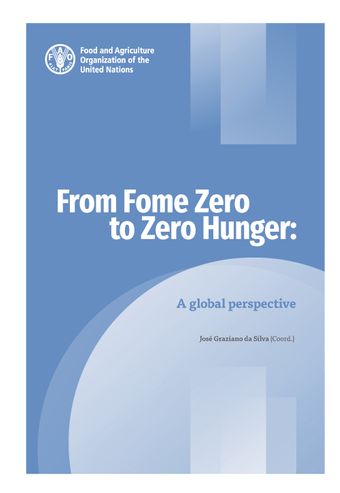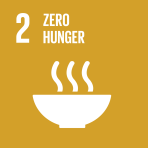- Home
- Books
- From Fome Zero to Zero Hunger
- Chapter
Sustainable agriculture and food systems: Towards a third agricultural revolution

- Authors: Clayton Campagnolla, Ewald Rametsteiner and Diana Gutierrez
- Main Title: From Fome Zero to Zero Hunger , pp 140-157
- Publication Date: November 2019
- DOI: https://doi.org/10.18356/87a6946c-en
- Language: English
In the post-war era, insufficient production of food was the major cause of food insecurity in the world. Not only was it considered urgent to increase available cropland, but increasing yields was also seen as a strategic priority. The intensification of crop production around the world began in earnest with the Green Revolution, often referred to as the Second Agricultural Revolution. Beginning in the 1950s and expanding through the 1960s, crop varieties and agricultural practices changed worldwide (Royal Society, 2009). The production model, which focused initially on the introduction of improved, higher-yielding varieties of wheat, rice and maize in high potential areas (Hazell, 2018 and Gollin et al., 2005), relied upon and promoted homogeneity: genetically uniform varieties grown with high levels of complementary inputs, such as irrigation, fertilizers and pesticides, which often led to depletion of agroecological resilience and hence natural capital (FAO, 2011b). Fertilizers replaced soil quality management, while herbicides provided an alternative to crop rotations or other means of controlling weeds (Tilman, 1998). The high growth in food production in Asia during the Green Revolution was due largely to the intensive use of mineral fertilization, along with improved germplasm and irrigation. World production of mineral fertilizers increased almost 350 percent between 1961 and 2002, from 33 million tonnes to 146 million tonnes (World Bank, 2007).
-
From This Site
/content/books/9789210046411c012dcterms_title,dcterms_subject,pub_keyword-contentType:Journal -contentType:Contributor -contentType:Concept -contentType:Institution105

